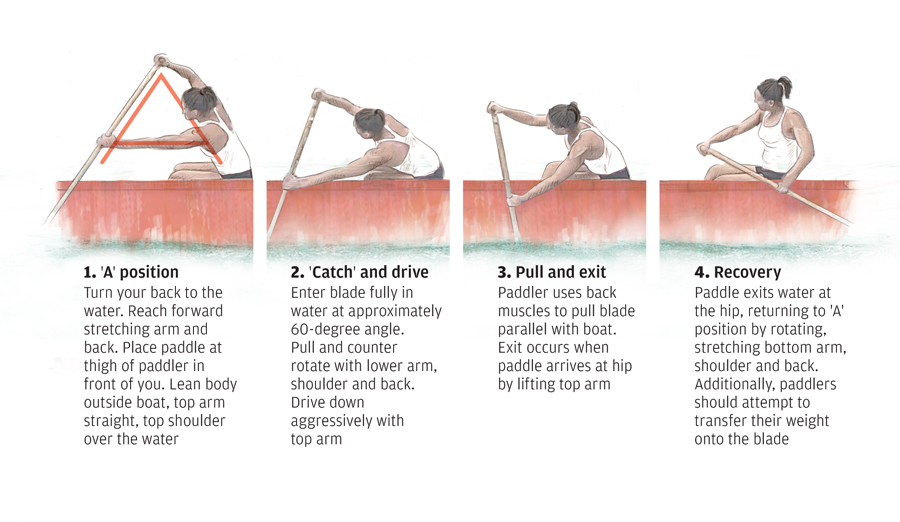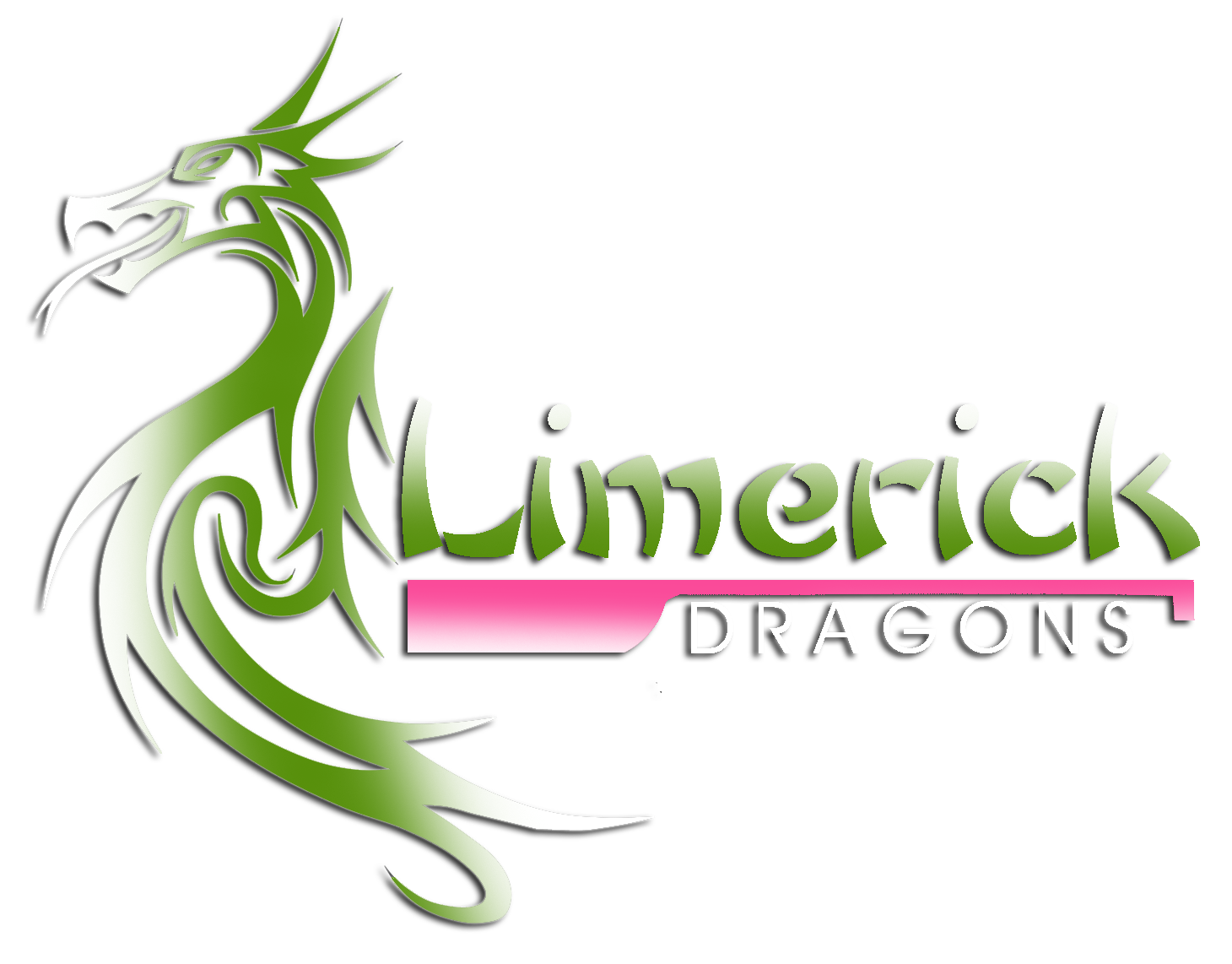What is Dragon Boating?
Where it all began !
Dr. Don McKenzie a professor in the Department of sports medicine and an exercise physiologist challenged the prevailing medical thinking that woman treated for breast cancer should avoid rigorous upper body exercise for fear of developing lymphoedema, a debilitating and chronic side-effect of treatment.
Dr. McKenzie developed a program to determine the impact of exercise on breast cancer survivors choosing dragon boat paddling as the epitome of strenuous repetitive upper body exercise. Once his program was finished these ladies decided to continue with dragon boat paddling as the women found they were fitter, healthier, and happier, they loved the camaraderie and support of the fellow paddlers and had re-gained control of their lives. They realised dragon boat paddling could become a means of raising breast cancer awareness and show that survivors could lead normal lives.
From here some of these women started to travel globally and also to engage with other dragon boat organisations and breast cancer dragon boat paddling became a worldwide phenomenon.
Fast forward to 2021 and there are now 262 International Breast Cancer Paddlers’ Commission member teams, across 32 countries and six continents with approximately 10,000 individual paddlers
The Team
The team is generally made up of 22 paddlers, 1 helm, and 1 drummer
(Hover your mouse over the question marks below to learn more !)
?
The steer/helm/sweep
Stands at the stern (back of the boat) and steers it. The steer/helm/sweep is also responsible for safety on the boat and giving the crew commands. The steer/helm/sweep has a massive responsibility, not only does she have to keep a rampaging boat full of paddlers going straight down the course, but she is also the ‘safety’ person on the boat.
?
The strokes/pacers:
The first 2 paddlers in the front seats who set the pace for the team. The strokes need to be very fit, have a great sense of timing and feel for the boat as it moves through the water.
?
The drummer:
Sits in the bow (front of the boat) and is usually lightweight, loud and energetic, and sets the crew’s timing. The drummer and has to keep the team paddling in time together. It’s an important role in a dragon boat team, as timing and technique are the keys to a fast boat.
The steer/helm/sweep:
Stands at the stern (back of the boat) and steers it.
The steer/helm/sweep is also responsible for safety on the boat and giving the crew commands.
The steer/helm/sweep stands on the back of the boat steering the team to victory.
The steer/helm/sweep has a massive responsibility, not only does she have to keep a rampaging boat full of paddlers going straight down the course, but she is also the ‘safety’ person on the boat.
The steer/helm/sweep is one of the most important parts of the team.
The drummer:
Sits in the bow (front of the boat) and is usually lightweight, loud and energetic, and sets the crew’s timing. The drummer and has to keep the team paddling in time together. It’s an important role in a dragon boat team, as timing and technique are the keys to a fast boat.
The strokes/pacers:
The first 2 paddlers in the front seats who set the pace for the team.
The strokes need to be very fit, have a great sense of timing and feel for the boat as it moves through the water.

How to Paddle a Dragon Boat
Reach
This position in the stroke is crucial in maximising the length of the stroke. The outside arm is fully extended and the outside shoulder should be dropped slightly and also extended forward. The reach determines the length of a stroke and a long stroke means more water is pulled. The reach position determines the rotation of the torso. If the torso is “rotated” forward upon the paddle entering the water, the torso will naturally “de-rotate” back to the normal upright seated position.
Catch
The catch phase is the most critical to the speed of the boat. The catch is the point when the paddle blade first comes into contact with the water. The top hand is held over the water, and then drives down on the paddle with the outside arm fully extended.
Pull
Once the paddle is fully submerged, the next part of the stroke is the Pull phase. The paddles should pull back directly parallel with the boat. The top hand stabilizes the paddle as the bottom arm and back muscles pull back. To use the back muscles effectively, the paddler sits up while pulling and continues to drive the paddle downward with the top hand.
Exit
At the end of the stroke, the paddle should exit the water at the hip. Allowing the stroke to go past the hip results in the paddling blade being at an angle that would slow down the boat. The outside arm bends slightly to allow the paddler to clear the water and then it is snapped forward.
Recovery
This part of the stroke is the rest phase when the muscles are not working as hard. The recovery speed plays a role in determining the stroke rate. During recovery, the torso starts rotating and leaning forward to set up for another cycle of the stroke

